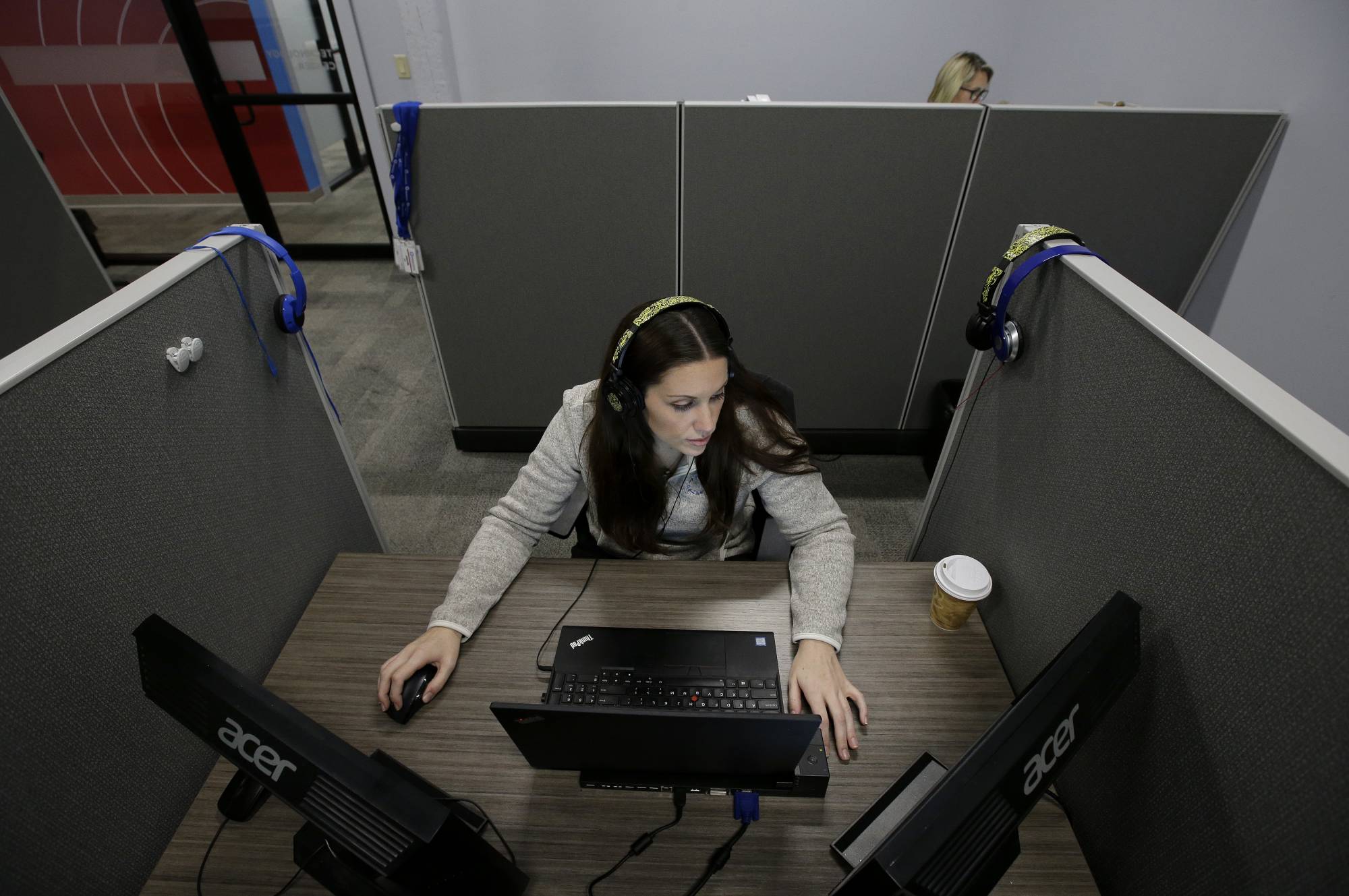Among the raft of press releases I get every day, this one caught my eye.
It read in part:
“A global pandemic, prolonged remote work and learning, an economy in flux, a tense sociopolitical environment, and increasing mental health challenges as a result of the unprecedented situation and associated uncertainty have created an environment that is rife for stress and burnout, ultimately leading to high turnover, lack of productivity and negative health effects.”
At 54-words, that sentence was worthy of a New York Times lead. The association issuing this statement did so to publicize workshops it will put on for members. They’ll receive advice on “effective steps we can take immediately as individuals and organizations to move forward in a positive trajectory.”
The question of over-stressed or burned out employees emerges as organizations bring people back to the office. In part, the return itself adds to whatever stress people are already feeling. I’ve commented already, for many the commute itself is a stressor. There’s also the uncertainty about what evil germs billow from the persistent hack of your newly close office mate.
Few reliable statistics exist about burnout. The term itself doesn’t really have a set definition. It apparently first applied a while back to health care providers, the same people who have borne the brunt of the mass occurrences of COVID-19. Burnout is something people know when they see it, or feel it.
At a government-industry informal gathering the other evening in downtown D.C., from the moderator’s lectern I asked the 80 or so people there whether they’ve experienced burnout recently, or know people who have. I’d say two thirds of the hands went up.
My panel discussed how managers will deal with the future of work. Mainly, the rules of yesteryear, pre-pandemic, that is, have evaporated. People who were full-time office dwellers must now cope with mixed work lives.
Burnout, I now think, can result from an accumulation of relatively small factors of the mixture. For example, the dress code. At the downtown gathering, people showed up in everything from polos to suit-and-tie. Open-toe flats to high heels. In fact, beforehand, an email back-and-forth among me, the panelists and the organizers debated what to wear. My contribution was, “no loincloths.”
One panelist, a nattily-clad senior federal executive in technology, said he’d put on the suit for the first time in two years, mainly because he’d had a meeting with a deputy secretary earlier in the day.
People routinely devolve to T-shirts or hoodies, with the proverbial basketball shorts below. So does that make such apparel OK for the two or three weekly office days? What if you show up in open-neck shirt and slacks, but a coworker or boss arrives in a suit and tie, or businesslike dress? Or vice versa?
Hours of work are also causing stress. The Blackberry started scrubbing the work/personal line when it made email available 24/7. The pandemic has blurred the line even more. The IT executive said he’s started scheduling emails he composes outside of the 9-5 hours, so they don’t send until the next morning — just so people don’t succumb to the feeling they’re obligated to answer email at night or wherever.
Ironically, the commute tended to force people to quit work and get the heck home, preventing meetings from dragging on — or beginning at 5 p.m. Especially if someone needed to catch that VRE train.
Another panelist, an IT manager in a large component of a large department, said the future of work will require much more attention to the human side of things, including mental health, given the proliferation of digital distractions. She also said that includes letting people have some slack with respect to when in the day they work. Whether it’s the furnace or a sick kid, we now know people will get the work done even if hours get blurred.
My panelists also said leaders need to resist the expectation that people will work all the time, just because telework and its accompanying technology make that possible.
My take on that last point: Sometimes, something big comes up and work can expand to nearly 24/7. I talked to two Service to America Medalist finalists just yesterday. The State Department’s Holly Herrera and Hilary Ingraham, along with Kiera Berdinner, set up a whole branch to deal with the resettlement of refugees from Afghanistan. After the Taliban takeover, they started arriving at a rate of 3,000 per week. They said the branch was a ’round the clock effort involving a half dozen other agencies. Amazing work.
We heard similar stories from agencies that had big, sudden tasks because of federal pandemic spending.
But people can sustain that for only so long. An airplane can sustain takeoff power for as long as it takes to reach altitude, but the motors will burn out prematurely unless the pilot moves the throttles back to cruise. If you’re a pilot, take care of your engines.
One more word. That aforementioned email cited the “tense sociopolitical environment.” The country is rend in two politically, the stock market is in meltdown, and there’s no baby formula. Ukraine, the Supreme Court debate, the Buffalo supermarket shooting — good grief! None of these things are within a manager’s control, of course, but they do add to the general level of angst. All the more reason to make work a refuge.
One small piece of advice: Spend some time unsubscribing to email lists. In media, we get everything. Including nasty emails from partisans on all sides. Everyone else but the sender, they state, is extreme, anti-democracy, hateful blah blah blah. Often they want money. I delete them with extreme prejudice before opening them. Just the sheer volume of it can bruise the spirit. Rather than clean it out, better to prevent it in the first place.
Nearly Useless Factoid
By Robert O’Shaughnessy
KDKA in Pittsburgh first commercial radio station. It went on the air in the evening of Nov. 2, 1920
Source: Encyclopedia Britannica
Copyright
© 2024 Federal News Network. All rights reserved. This website is not intended for users located within the European Economic Area.





